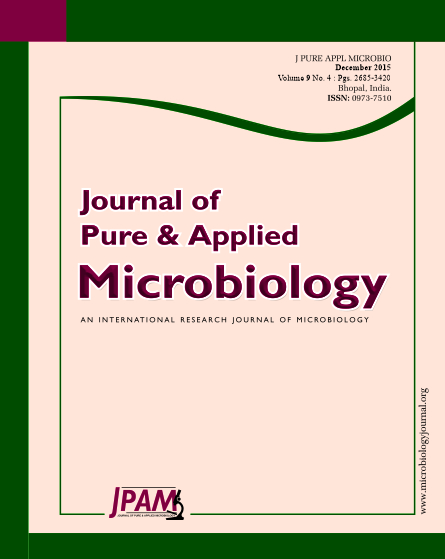Mining causes soil disturbance and creates a huge load of overburden that disturbs the ecosystem and poses environmental problems. Restoration of overburden dumps by planting trees is an economical process of soil conservation that stabilizes the soil. The study was made on an overburden chronosequence of the largest coal mining project of Asia to unravel the relationship of carbon pools and biological properties on soil redevelopment. Organic carbon status of soils under various years of restoration increased substantially from 0.1 g kg-1 in fresh dump to 37.8 g kg-1 under 25 years of restoration, which was complimented by concomitant increase in microbial biomass carbon during the period from nil to 316.8 µg g-1 and was also strongly correlated to it (r=0.97*). The rate of carbon mineralization also closely followed microbial biomass carbon and increased from 84 in fresh dumps to 396 mg 396 CO2 C kg soil-1 day-1 after 25 years of restoration and was strongly related to organic carbon (r=0.99*) and microbial biomass (r=0.99*) of soil. The dehydrogenase enzyme activity also increased from 7.28 to 15.9 µg TPF g-1 soil day-1 during the restoration period. The proportion of soil carbon in microbial biomass was small (0.84 to 1%) and the labile fraction decreased while the resistant fraction increased (from 0 to 41%) over the years of restoration suggesting the carbon was being stabilized into stable pools.
Mine spoil, reclamation, biological properties, carbon pools.
© The Author(s) 2015. Open Access. This article is distributed under the terms of the Creative Commons Attribution 4.0 International License which permits unrestricted use, sharing, distribution, and reproduction in any medium, provided you give appropriate credit to the original author(s) and the source, provide a link to the Creative Commons license, and indicate if changes were made.


